What can we learn from the DJ mixes that have pushed the artform forwards?

How did Miss Monique turn YouTube streams into stadium crowds?
The much-loved progressive house artist breaks down the DJ style behind her rise to global stardom.
What can we learn from the DJ mixes that have pushed the artform forwards?
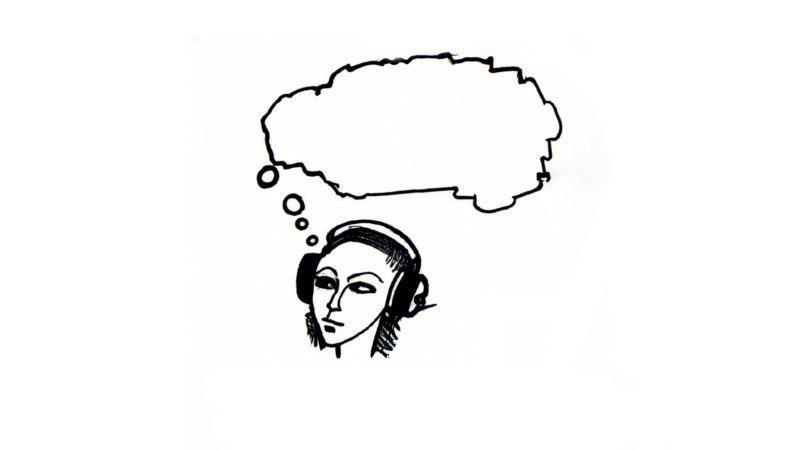
When it comes to recording mixes, selecting and sequencing tracks from recent playlists is the approach most DJs tend to take. Which makes sense. This is a straightforward method that gives your listeners a snapshot of your style and tastes. Anyone considering booking you gets a clear idea of what to expect. It doesn’t require too much thought.
Another popular method is to simply hit “record” and see what happens. After all, improvising closely resembles what it’s like to play in a live environment. If you’re comfortable with mistakes (or even welcome the imperfections) you also get happy accidents and unique transitions. And when it comes to time efficiency, improvising can be unbeatable.
However, there may be occasions when we want to dig deeper. To experiment. To show a different side of ourselves. Or even to explore the outer limits of what it means to make a DJ mix.
In this spirit, we’ve highlighted a range of mixes that use unique creative strategies to extraordinary ends. There are mixes here that more closely resemble album projects in their scope and complexity. Some reflect years, if not decades, of music collecting. A couple of these mixes might have started as a joke… before the DJ realised their weird idea actually works. The common thread, though, is curiosity, along with an impressive willingness to take risks.
We’ve grouped the mixes together to look broadly at seven different approaches. Like any article in this vein, what’s here is far from an exhaustive selection. Instead consider what’s below as a giant mood board, there to both celebrate some boundary-breaking mixes, and perhaps to inspire your next project.
Very simple to start with. An imagined environment or mood is used as a reference point for shaping track selections.
This method has been the basis for entire mix series. Back To Mine asked artists like Fatboy Slim, Faithless and Carl Cox to show listeners what they’d play back at their places after a night out. DJ-Kicks, one of the longest-running and best-loved series, also started with home listening lean. With these examples, a guideline like “tracks I would play for people at home” is a quick yet powerful filter.
Every year between 2010 and 2020, Jazzy Jeff and MICK recorded a summertime-themed mix, featuring, as they put it, “that retro, soulful, cool out, bbq eating, suntan getting, beach chair sitting, rosé drinking, two miles an hour, so everybody can see you music.” Notice that even with the mention of the word “summertime” a playlist might start forming in your head.
Clubs and parties are an obvious mental image to create a jumping-off point for mixes. On Fabriclive 59, Four Tet imagined moving through the London venue, drew from his own “memories and the influences,” and even asked an audio engineer to make recordings of the space.
So long as the concept is clear enough to help you pick tracks, your only limit is your imagination.
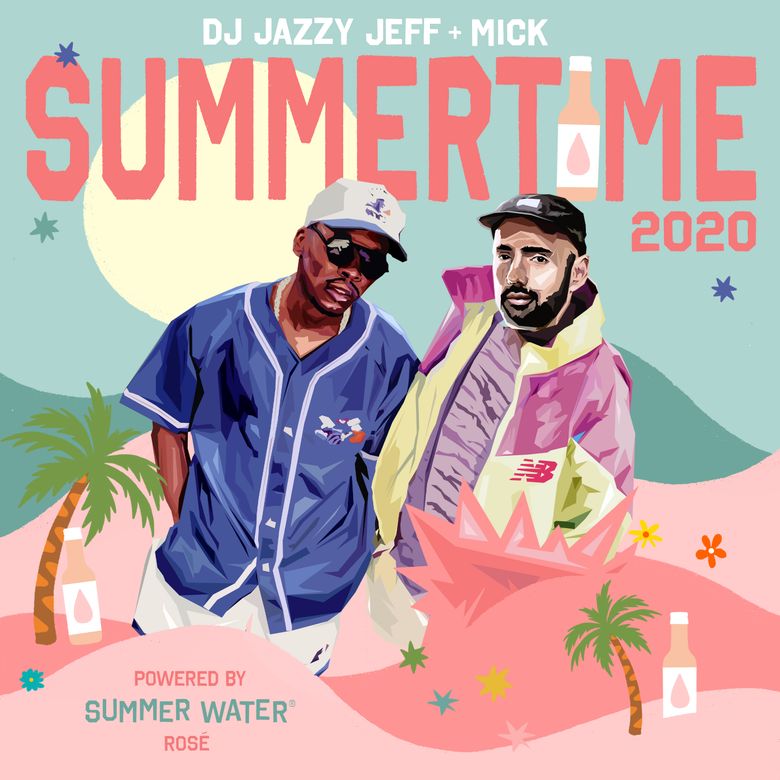
These types of mixes may start with vague ideas:
“What would it be like if I…”
“I think it would be fun to try…”
One of the most popular DJ mixes of all-time comes from this category. The idea of the “mashup” had long existed in music before As Heard on Radio Soulwax Pt. 2. But this 2003 mix by 2ManyDJs took it to a whole new level. Combining instrumentals, vocals and remixes, it found unlikely links between artists as diverse as Destiny’s Child, Dolly Parton, Velvet Underground and Basement Jaxx.
Uneasy Listening, Vol.1 by DJ Z-Trip & DJ P is another classic in this vein, a 2001 mix that was extremely ambitious in its combination of sounds (Phil Collins and Del Tha Funkee Homosapien anyone?). While the Scottish duo Optimo pulled off a similar trick with How To Kill The DJ [Part Two], albeit with more underground selections. Taken together, these mixes spectacularly illustrate a DJ’s capacity for creating something new from existing musical pieces.
Last year, the American DJ Physical Therapy asked himself what UK garage would sound like at a much slower tempo and wound up with a mix for NTS that sounds like nothing else. Objekt’s RA podcast was composed entirely of what he called “no-kick rollers,” propulsive club tracks with no kick drums. A-Trak’s 2007 mix Dirty South Dance was an experiment in combining the then-popular blog house sound with hip-hop.
Going a step further, some DJs have accidentally created whole new sub-genres. The late DJ Screw stumbled across the hip-hop style “chopped and screwed” by slowing his records to a crawl, while Dave Nada started the “moombahton” sound by reducing Afrojack’s remix of Silvio Ecomo and Chuckie’s “Moombah!” from 128 to 108 BPM.
Recording a mix that, for example, only contains lesser-known verses from Nicki Minaj tracks (as Vladislav Delay and AGF did in 2012) might on some level seem too obscure or specific. But it shows just how far outside the box DJs can push. And from the perspective of the listener, anything that generates curiosity (“What would that sound like…?”) can only be a good thing.
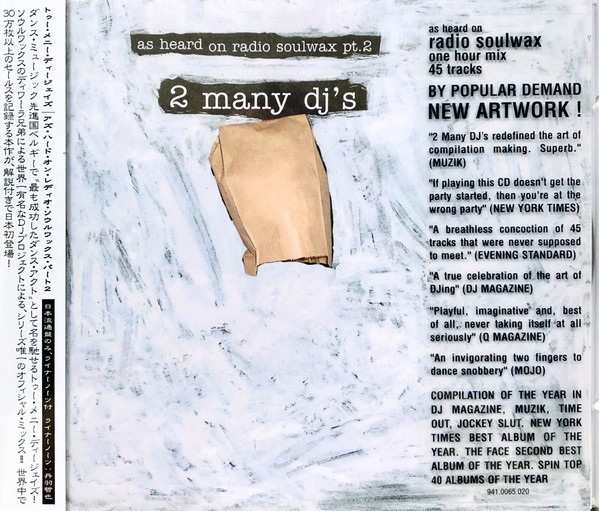
In which a DJ explores a particular genre, artist, time period, label or musical theme.
Showing other sides of your tastes can be a strong motivator for recording genre mixes. It’s about breaking with convention, expanding what you do, showing your range.
Diplo is a great example here. His global genre explorations, from baile funk to dubstep to roots reggae, have shown a DJ and artist who was continually developing and discovering new (to him) sounds.
A DJ like Kirk Degiorgio is another case in point. His ongoing Sound Obsession series for Worldwide FM is a “two hour deep dive into specific musical genres, artists and eras.”
The popular YouTube channel My Analog Journal is similarly adept at this type of thing, with videos focussed on relatively obscure genres like percussive dub and Japanese soul reaching millions of viewers. In these cases, the DJ takes on a kind of historian or documentarian role, their audience perhaps being exposed to music they otherwise wouldn’t have heard.
(We should point out that there’s a difference between, for example, a hip-hop DJ recording an exclusively hip-hop mix, and that same DJ recording a themed mix using only tracks from P. Diddy’s Bad Boy Records. It’s all about context. A techno DJ recording a house mix might be a big deal for his or her audience, whereas for another DJ, a mix that included house, techno and trance might be completely expected.)
Or why not go deep on a single artist? DJ Spinna is known for his immaculate explorations of Stevie Wonder, while Skratch Bastid reacted to the death of MF Doom in 2020 by recording a 2.5-hour tribute mix.
Streaming playlists and algorithms are the elephants in the room with mixes in this category. But we’d wager that there are still plenty of people who’d prefer to be guided through a genre by a DJ they trust, especially if that DJ is in the mix.
This type of mix sits somewhere between experimental mixes and the “production mixes” we talk about below. The gist is that you take small parts of tens, if not hundreds, of tracks and create a kind of audio collage. In scope more like an artist album than a DJ mix, you’d need serious amounts of time and dedication to nail a project like this.
Here’s Richie Hawtin, a master of this form, explaining the process behind his seminal 2001 mix, DE9 | Closer To The Edit:
“After recording, sampling, cutting, and splicing over 100 tracks down into their basic components, I ended up with a collection of over 300 loops, ranging in length from 1 note to 4 bars. I then started to recreate and reinterpret each track, putting the pieces back together as if an audio jigsaw puzzle – using effects and edits as the glue in between each piece. This 53 minute piece, consisting of over 70 tracks and 31 ID points, represents what those loops became, and how their interactions created something that had not existed before.”
And here’s Magda, Hawtin’s collaborator, explaining her seminal 2006 mix, She’s A Dancing Machine:
“There is a familiar feeling in music today which I felt during my introduction to electronic music. Through multiple layers of tracks, edits, loops, and effects, this mix compilation is constructed to reflect these old and new sounds and the similarities between them, which make this mix special and personal to me.”
Also check out Balance 014 by Joris Voorn, and Luke Slater’s Fünfzehn mix for Ostgut Ton for two more collage classics. There are also closely related examples of this in turntablism, which we touch on below.
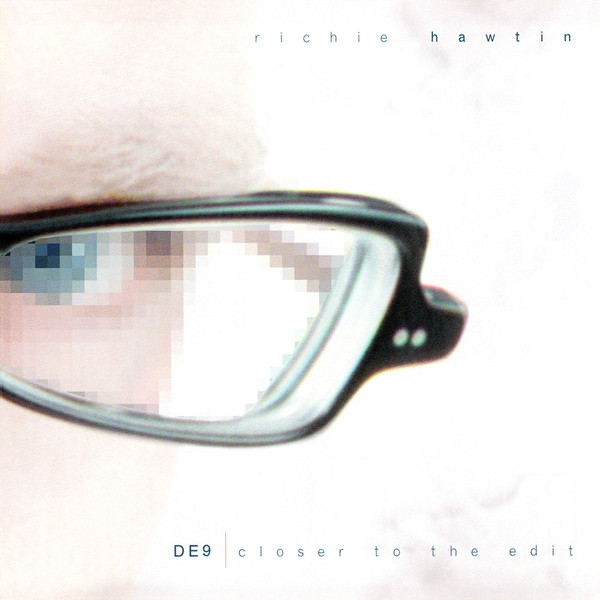
This is a mix that heavily or exclusively features your own productions. This category obviously favours those who make music, although as we’ll explain in a moment, there are some creative tricks non-producer can explore. But whatever your level, it’s hard to think of a style of mix that more uniquely showcases what you’re about as an artist.
Ricardo Villalobos and Omar-S recorded two of the most notable entries in the fabric series by only drawing from music they themselves produced. In the case of Villalobos, he said the mix was essentially a new album. The UK DJ Flava D decided to lean very heavily on her own music for her Fabriclive mix, with only a few of its 30 tracks not in some way produced by her.
Some of the best examples of this have even been made freely available. The cult German artist Traumprinz, who’s also known as Prince Of Denmark, released a string of beloved all-originals mixes, around the same time that the US house artist Galcher Lustwerk put out the excellent 100% Galcher, which wound up getting a vinyl release nearly 10 years later.
Then there are “rework” mixes like DJ Food, DJ Cheeba and Moneyshot’s Caught In The Middle Of A 3-Way Mix. Apparently taking three years to complete, the mix was a “tribute to the classic Beastie Boys album Paul’s Boutique… Remixed and re-imagined from all the original samples plus acapellas, period interviews and the Beasties’ own audio commentary from the reissued release.” Also see Sasha’s Involver, where the UK DJ selected 10 tracks, remixed them, then mixed them.
Let’s say you’re satisfied with a track you just finished. That alone could be the basis for a DJ mix. What would sound great before it, setting the scene for your track? What would you love to hear after it? The much-loved Autonomic podcast series was in this ballpark. dBridge and Instra:mental showcased the half-time drum & bass sound they and other producers were pioneering at the time, featured alongside short influences mixes.
As we mentioned, you arguably don’t need to be a full-blown producer to pull off a type of production mix. DJ software like rekordbox lets you re-edit and rearrange tracks, making a mix of your own exclusive edits within reach. And this is before we get to the emerging possibilities of Track Separation technology, which was recently introduced with the DDJ-FLX10. The boundaries between DJing, production and playing live are increasingly fuzzy.
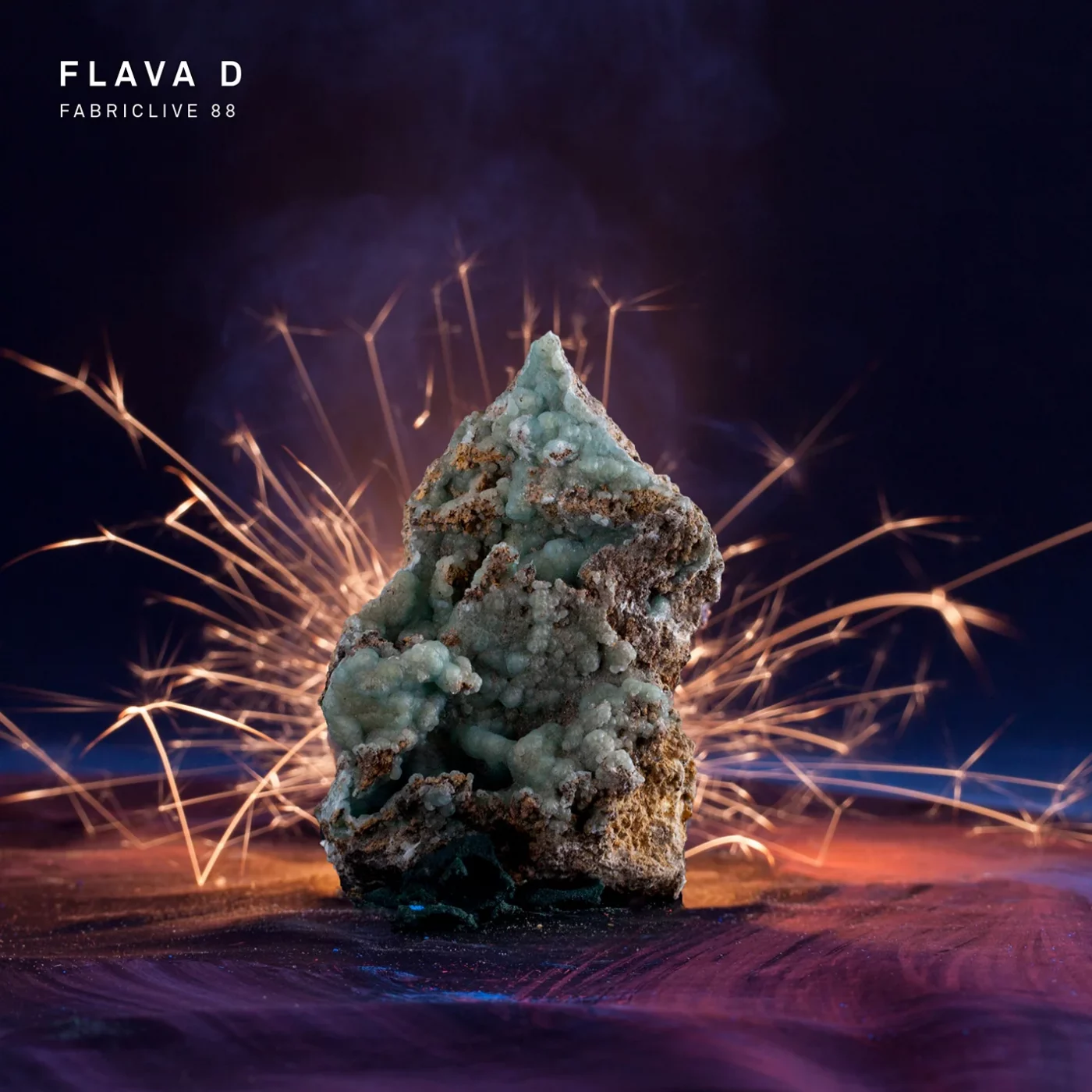
Depending on your age and the type of music you listen to, the term “mixtape” can mean lots of different things. Its most widely understood definition these days comes from hip-hop, where artists essentially release an album’s worth of music, often freely available. But within hip-hop culture, it could also refer to classic mixes like DJ Shadow & Cut Chemist’s Brainfreeze or Q-Bert’s Wave Twisters, which showcased the possibilities of turntablism and its highly technical, “cut-and-paste” collage style.
Back in the day, mixtapes were essentially homemade compilation cassettes. Ten love songs compiled for your high-school sweetheart. Or a way of showing your nerdy friends how cutting edge your music tastes were. We perform a similar ritual these days by making and sharing a playlist, but there are notable examples of DJs who channel the original mixtape spirit.
Nicolas Jaar, for instance, has recorded some of the most popular mixes of recent times, winning an Essential Mix of the Year award—without actually considering himself a DJ or mixing in the standard format. The appeal of Jaar’s mixes, along with similar efforts like Moodymann’s DJ-Kicks, is their incredible range and surprising contrasts. Freed from the limitations of beat-matching, the DJ can simply follow their instincts.
For sure, a playlist would be quicker and easier than a mixtape for showing your audience other facets of your tastes. But as we said in the “genre mix” section, there can be so much value in the sound and feel of a human hand manipulating the music.
Even if you’re not beatmatching, the subtle ways of transitioning between tracks—echos, fades, vinyl stops, reverb—can be a rewarding creative challenge, perhaps shaking up your mixing style.
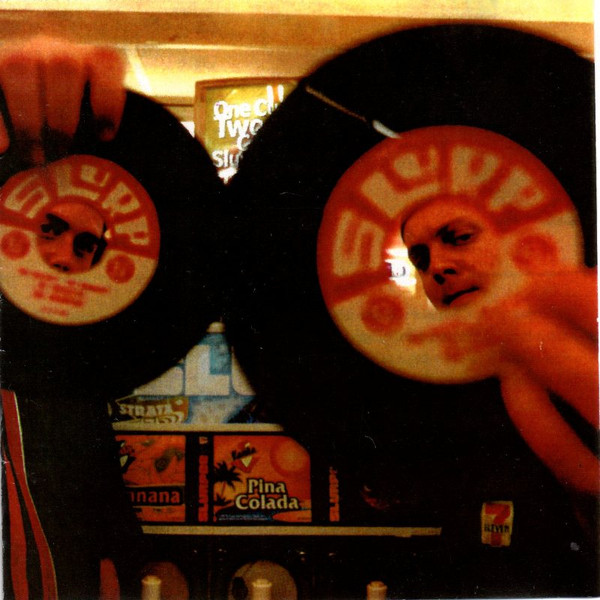
Like most people who operate within the arts and entertainment, DJs face an increasingly difficult battle for people’s attention. We don’t expect everyone to be 100% focussed on our recorded mixes. They’re probably doing something else while they listen. Still, asking people for 30 minutes, 60 minutes, 120 minutes or more can be a stretch…
Step forward the mini mix. The form we’re talking about here was popularised by Annie Mac’s show on BBC Radio 1. DJs are asked to record a five-minute mix, with the emphasis on a quickfire selection of tracks. We’re sure there are some DJs who record their mini mixes live, but many more will use a DAW like Abelton, resulting in a pyrotechnical display of sounds. DJs almost always choose a theme for the mix to guide their selections. Some recent examples from the Radio 1 series:
Eliza Rose’s ‘Baddest’ Mini Mix – The lady of the moment, Eliza Rose, mixes together some of the best women in dance!
LP Giobbi ‘Piano Passion’ Mini Mix – DJ and producer LP Giobbi mixes up some of her favourite piano house bangers.
John Summit ‘Vocal House’ Mini Mix – Chicago DJ, producer & man of the moment John Summit mixes up his favourite vocal hooks!
The mini mix won’t be for everyone. If you play more subtle music and prefer extended sets, this likely won’t translate to the format. But for DJs with uptempo music in their range, a mini mix, or something inspired by the concept, might be a fun and unpretentious way of serving a slice of what you do.
Or how about a 15-second mix? The rise of short-form video, especially on a platform like TikTok, has meant DJs can now present transitions as bite-sized pieces. It might be a stretch to call this a DJ mix in the sense we’ve been discussing here. But there’s no denying that the format is a powerful way of conveying what you’re about extremely quickly. Perhaps in the future we’ll discuss transitions like this in the same way we’ve been talking about classic mixes here?
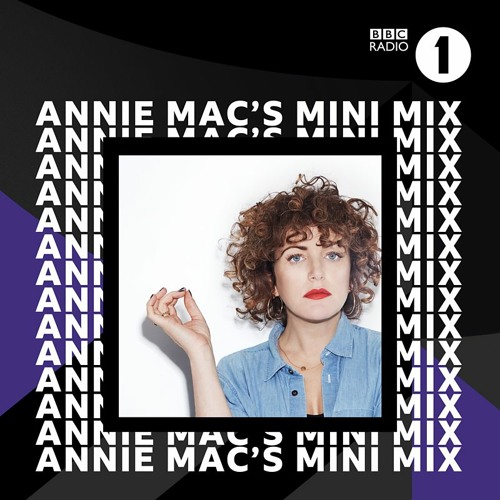
Words: Ryan Keeling